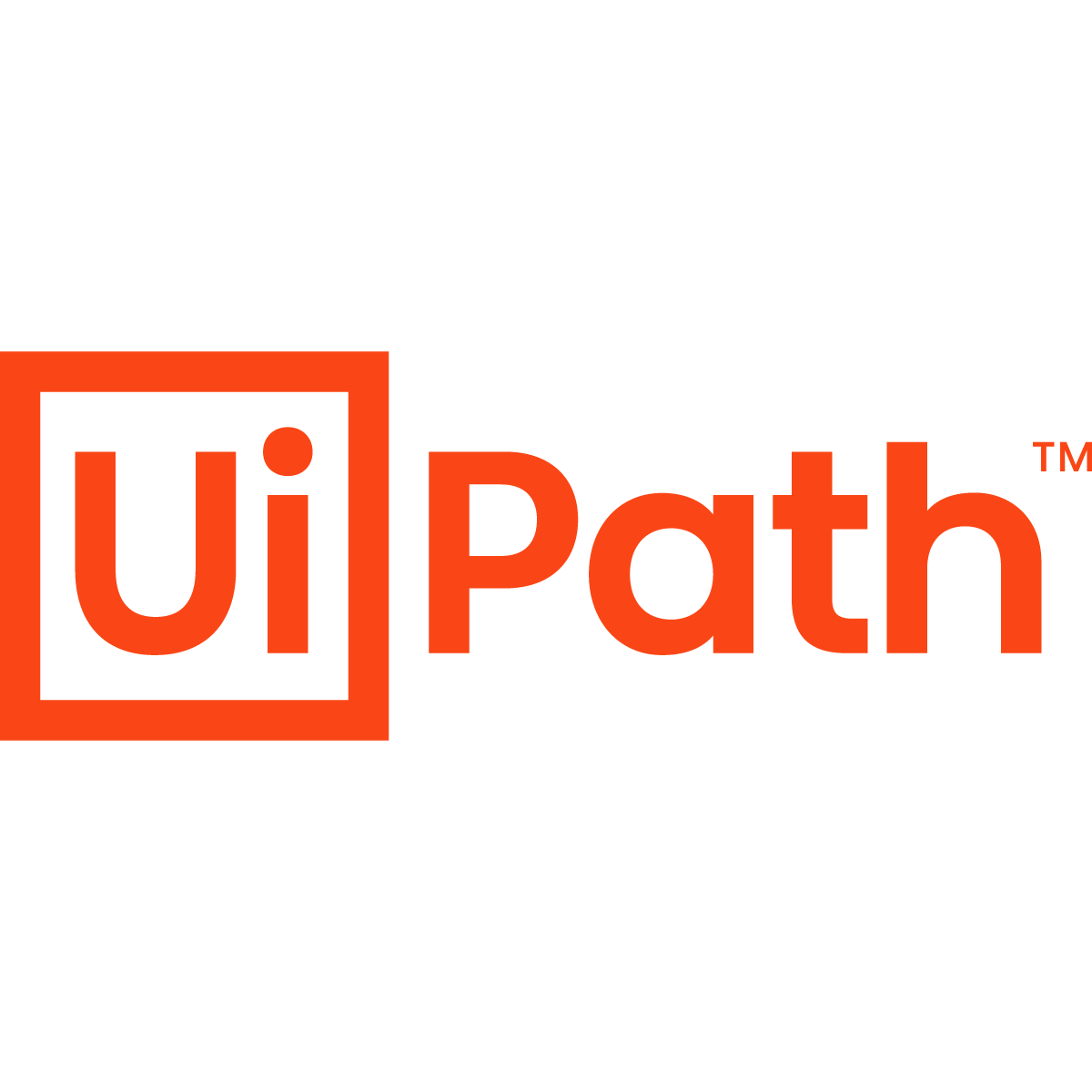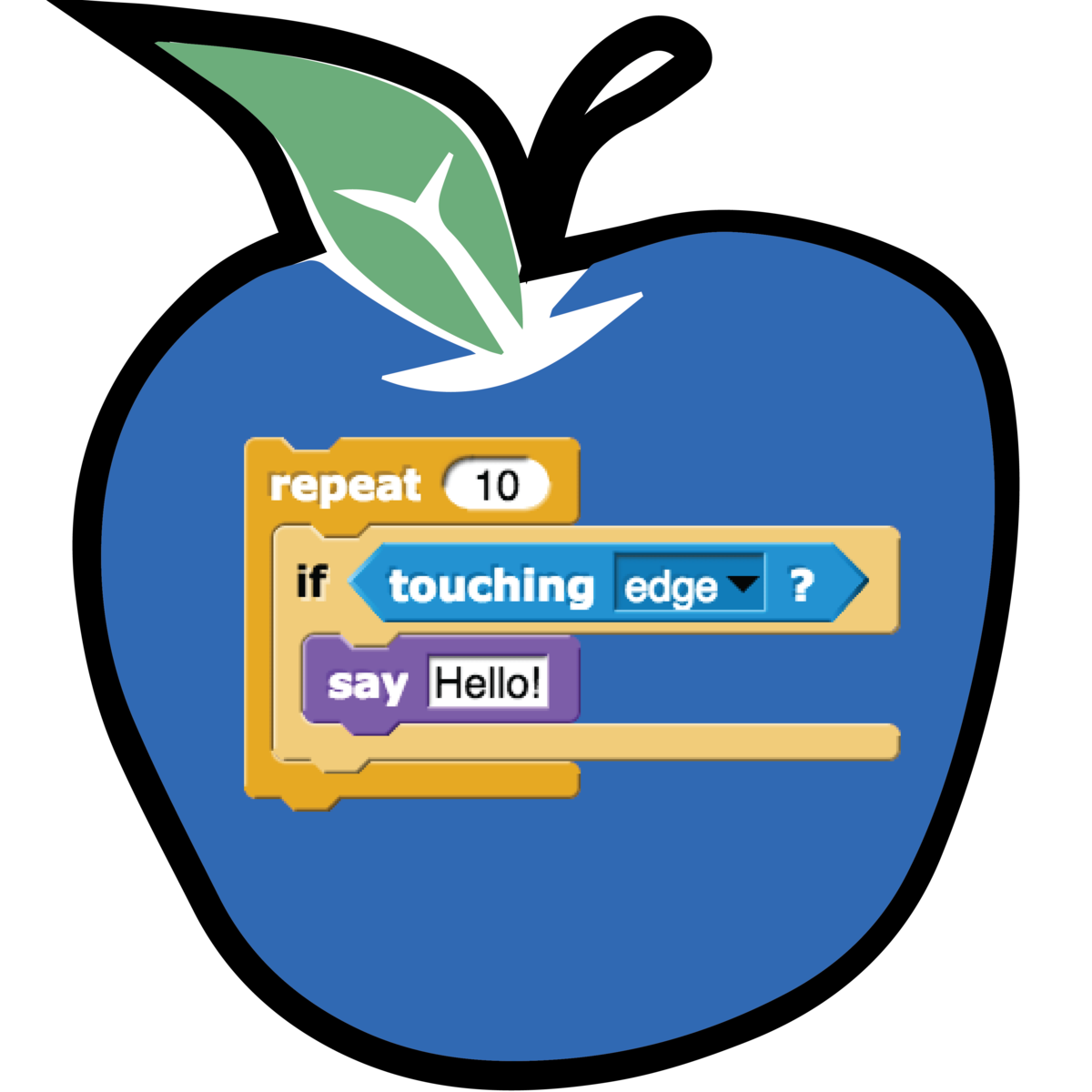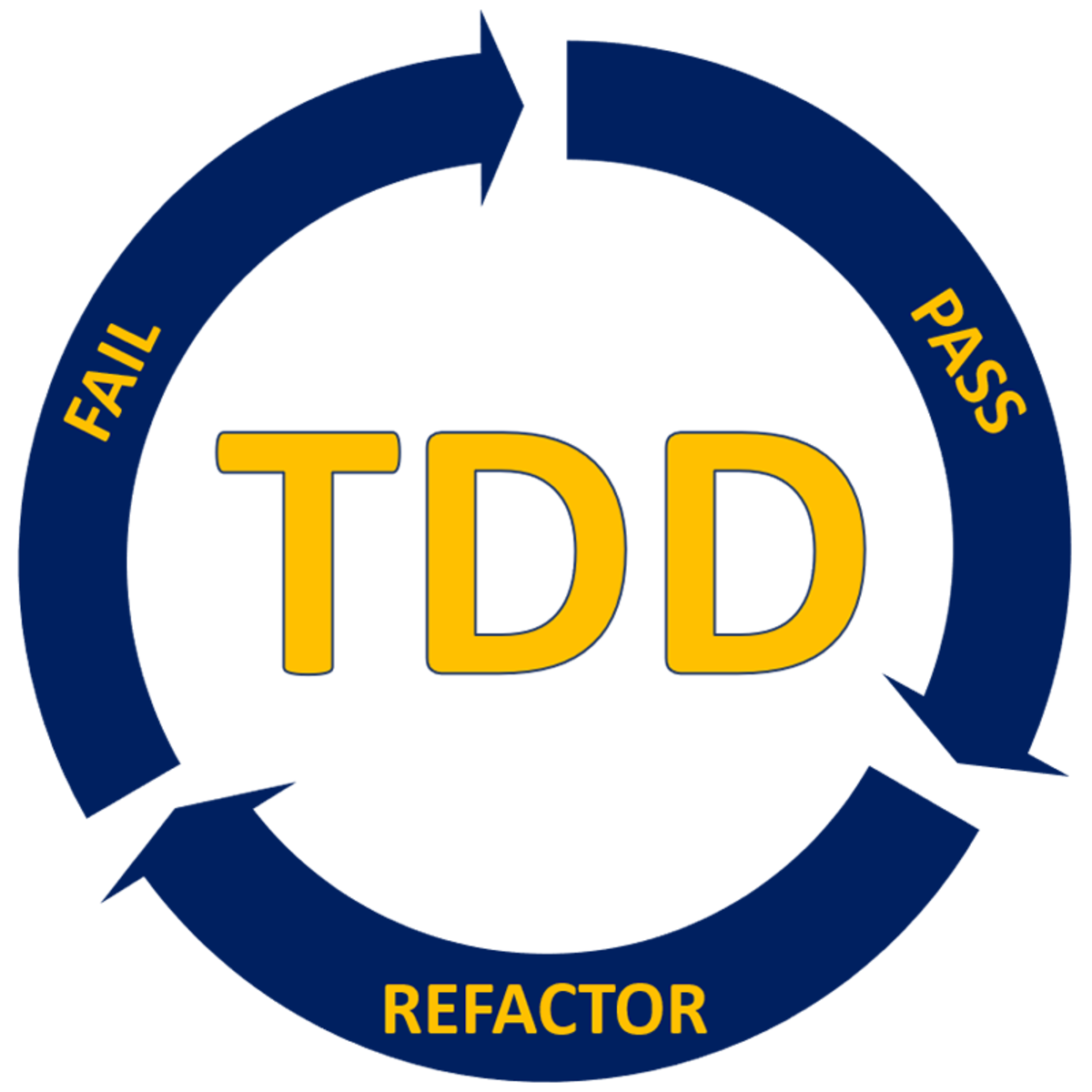Back to Courses









Software Development Courses - Page 8
Showing results 71-80 of 1266

UiPath Orchestrator and Capstone Projects
UiPath Orchestrator and Capstone Projects course will provide knowledge about Orchestrator and its capabilities. Further, the learning extends through understanding the Orchestrator user Interface, Contexts of Orchestrator and Assets and Queues in Orchestrator.
The Capstone Projects will help you integrate and apply the knowledge gained from completing the RPA specialization. While working on the projects, you will apply critical thinking to solve challenging automation problems and develop skills to build robust automation.

Computational Thinking for K-12 Educators: Nested If Statements and Compound Conditionals
How could you program a complex "choose your own adventure" game? How can your soccer game determine goals, balls out of bounds, and corner kicks? You'll learn to do both of these in this course!
This class teaches the concepts of nested if/else statements and compound Boolean conditional expressions. For each concept, we'll start by helping you connect real-world experiences you are already familiar with to the programming concept you are about to learn. Next, through a cognitively scaffolded process we'll engage you in developing your fluency with problem solving with nested if/else statements and compound conditionals in a way that keeps frustration at a minimum.
Along the way you will learn about the common challenges or "bugs" students have with these concepts as well as ways to help them find and fix those concepts. You'll also be guided in running classroom discussions to help students develop deeper understanding of these concepts.
Finally, you'll prepare classroom resources to help your students to develop debugging skills. Additionally, you will create resources to help educate your students about the impacts of lack of equity in K-12 CS instruction.

A Practical Introduction to Test-Driven Development
To be a proficient developer you need to have a solid grasp of test writing before putting code into production. In this course, we will take a hands-on look at Test-Driven Development by writing and implementing tests as soon as week one. TDD starts with good unit tests, so we will start there. Topics will also cover translating user specs into unit tests, applying the Red-Green-Refactor mantra, and applying mocks in python with the unittest.mock module. Once finished, you will have covered all the steps of TDD before development

Essential Tools For Application Development
In Essential Tools, we will look at two important classes of tools for developers: Version Control Systems and Built Automation Tools. We will look why we use such tools, discuss common concepts for those categories of tools, and then look at a specific and common example of each: Apache® Subversion® for version control, and Apache® Maven™ for build automation.
Mathematics for Computer Science
“Welcome to Introduction to Numerical Mathematics. This is designed to give you part of the mathematical foundations needed to work in computer science in any of its strands, from business to visual digital arts, music, games. At any stage of the problem solving and modelling stage you will require numerical and computational tools. We get you started in binary and other number bases, some tools to make sense of sequences of numbers, how to represent space numerical using coordinates, how to study variations of quantities via functions and their graphs. For this we prepared computing and everyday life problems for you to solve using these tools, from sending secret messages to designing computer graphics.
If you wish to take it further you can join the BSc Computer Science degree and complete the full module ‘Numerical Mathematics’.
Enjoy!”

Build a Web App using React and Redux
By the end of this project, you will Build a Web App using React and Redux.
For the Flux architecture implementation, we will be using React-Redux, since that is the recommendation from the authors of Flux. Creating a Web App using Redux simplifies state management by enforcing a unidirectional flow through the application.

Engineering Practices for Building Quality Software
Agile embraces change which means that team should be able to effectively make changes to the system as team learns about users and market. To be good at effectively making changes to the system, teams need to have engineering rigor and excellence else embracing change becomes very painful and expensive.
In this course, you will learn about engineering practices and processes that agile and traditional teams use to make sure the team is prepared for change. In additional, you will also learn about practices, techniques and processes that can help team build high quality software. You will also learn how to calculate a variety of quantitative metrics related to software quality.
This is an intermediate course, intended for learners with a background in software development. To succeed in the course, you should have experience developing in modern programming languages (e.g., Java, C#, Python, JavaScript), an understanding of software development lifecycle models, familiarity with UML diagrams (class and sequence diagrams), and a desire to better understand quality aspects of software development beyond program correctness.
At the end of this course, you will be able to comfortably and effectively participate in various techniques and processes for building secure and high quality software.

Linux Basics: The Command Line Interface - 6
This course will introduce you to Linux, a powerful operating system used by most professional developers!
Why add Linux to your C programming skills? Most people use Linux without knowing it! Whether you use a smartphone, search the web, or use an ATM, each time Linux is involved somewhere in the background. It is the most used operating system for embedded devices and high-performance servers. It is also the most common operating system used by developers to create software applications.
In this course, you will learn the history of Linux and how its open source community was able to create today’s most advanced operating system. You will navigate the file system, use fundamental Linux commands and master the Linux command line interface. These are essential skills for every developer.
You will also be able to produce software written in C using the industry-standard tools on Linux.
We are excited to introduce you to Linux and guide you along your path to becoming a skilled user of this powerful operating system!
At the end of this short course, you will reach the sixth milestone of the C Programming with Linux Specialization, unlocking the door to a career in computer engineering.
Your job Outlook:
- Programmers, developers, engineers, managers, and related industries within scientific computing and data science;
- Embedded systems such as transportation, utility networks, and aerospace;
- Robotics industry and manufacturing;
- IoT (Internet of Things) used in smart homes, automation, and wearables.
- IEEE, the world’s largest technical professional organization for the advancement of technology, ranks C as one of the top programming languages of 2017 in demand by employers. (Source: IEEE Spectrum)
This course has received financial support from the Patrick & Lina Drahi Foundation.

How to create an API request using Postman
In this 1-hour long project-based course, By the end of this project, you will have learned how to use Postman for API requests. You will accomplish this by first being introduced to Postman and what the benefits of the application are. Next, you will use Postman to call a Resting API. After this, you will create a running request for your API. Lastly, you will learn to analyze the response from Postman.
Note: This course works best for learners who are based in the North American region. We’re currently working on providing the same experience in other regions.

Getting started with Flutter Development
This is a self-paced lab that takes place in the Google Cloud console.
Build and edit a Hello World Flutter application using a Code Server development enviornment.
Popular Internships and Jobs by Categories
Find Jobs & Internships
Browse
© 2024 BoostGrad | All rights reserved